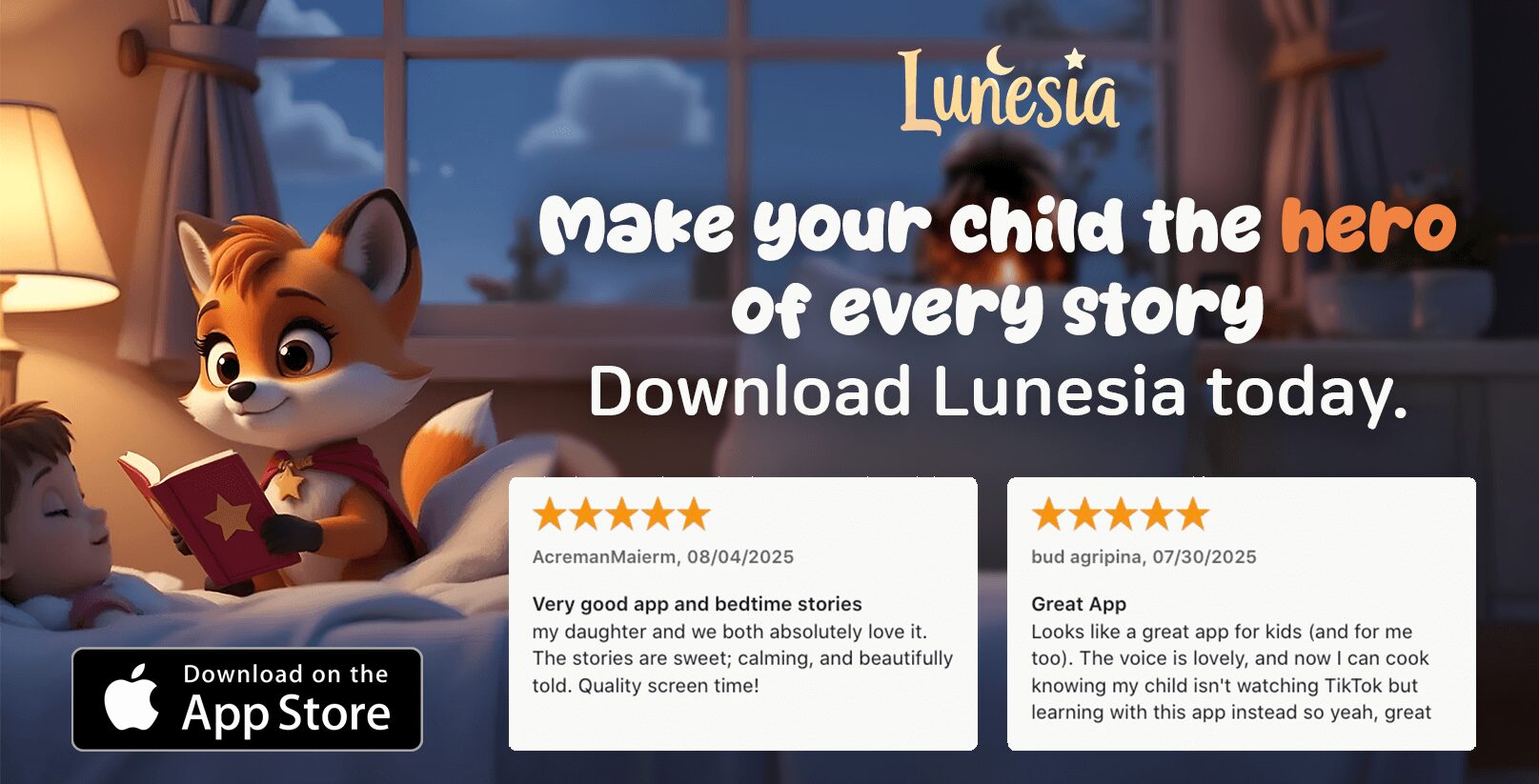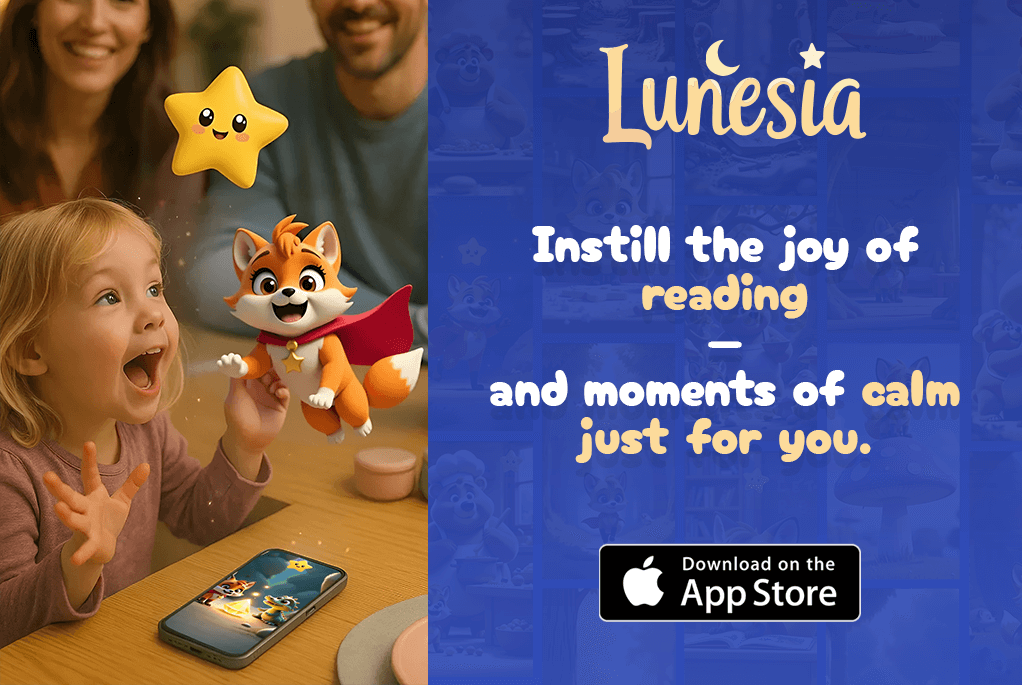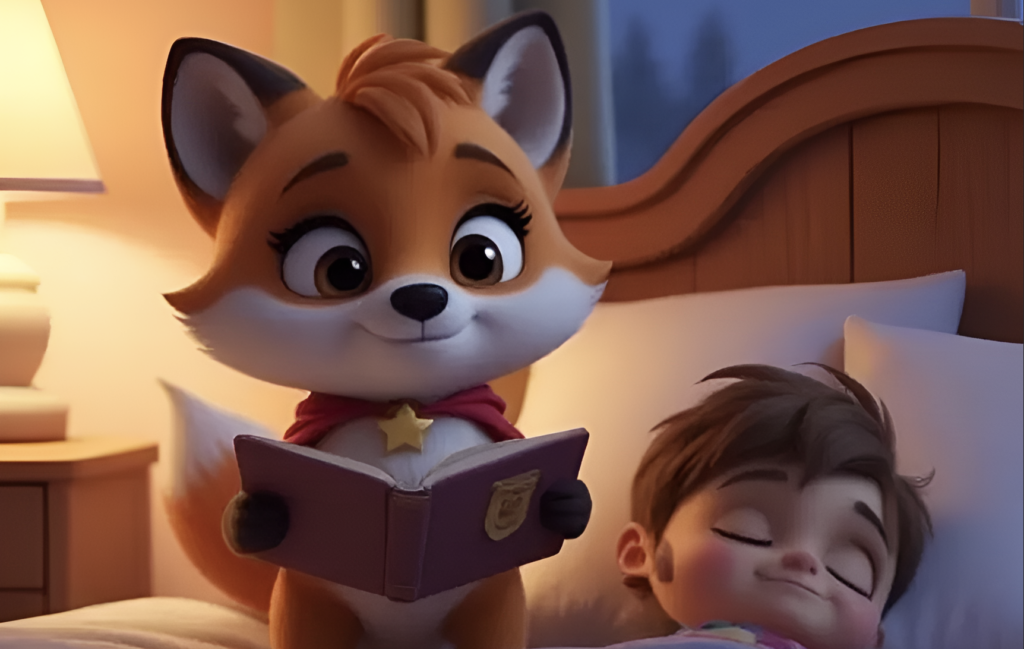As a parent, I’ve often wondered how to balance my child’s love for entertainment with the need to reduce screen time. One evening, while scrolling through parenting forums, I stumbled upon a solution that felt like a breath of fresh air: audio storytelling. It wasn’t just a way to keep my little one engaged—it became a shared experience that sparked creativity and curiosity.

Today, more families are turning to this screen-free alternative. According to recent studies, 62% of parents are actively seeking ways to replace digital devices with enriching activities. Audio stories and podcasts are stepping up to fill that gap, offering a blend of education and entertainment that resonates with children and parents alike.
Platforms like Storynory and Moonzia are leading the charge, providing diverse, high-quality content that captivates young minds. From culturally rich tales to interactive adventures, these resources are transforming how children learn and play. It’s no wonder that 78% of U.S. families now incorporate audio stories into their weekly routines.
As I’ve seen firsthand, these moments of listening together often lead to meaningful conversations and a deeper connection. If you’re looking for a way to inspire your child’s imagination while reducing screen time, this might just be the answer you’ve been searching for.
Why Audio Stories for Kids Are Gaining Popularity
In a world dominated by screens, finding alternatives that captivate children’s attention can feel like a challenge. Audio storytelling has emerged as a powerful solution, offering a screen-free way to engage young minds while fostering creativity and imagination.
The Shift from Screens to Audio Entertainment
Many families are moving away from passive screen time to more immersive experiences. Unlike cartoons, which often require little engagement, audio storytelling encourages active listening. For example, Moonzia’s “Treasure Island” invites children to visualize the adventure, making it more interactive than its cartoon counterpart.
Platforms like Moonzia and Mumablue are making this shift easier. Their browser-compatible players require no app downloads, making them accessible for families on the go. One parent shared, “Our commute became storytime with Mumablue’s pirate adventures.”
How Audio Stories Foster Creativity and Imagination
Without visual cues, children are free to create their own mental images. This process enhances their creativity and helps them develop stronger listening skills. Moonzia’s multilingual options also bridge cultural gaps, introducing children to diverse perspectives.
Teachers have noticed the benefits too. 89% report improved focus after incorporating audio storytelling into their classrooms. Stories like “Lily, the Bravest Girl” from Mumablue teach valuable life lessons while keeping children engaged.
The Convenience of Audio Stories for Busy Families
For families juggling busy schedules, audio storytelling fits seamlessly into daily routines. Whether it’s during a commute or before bedtime, these stories provide a flexible and enriching experience. Moonzia’s “One Sheep, Two Sheep” has become a bedtime favorite, helping children wind down effortlessly.
Storynory’s 15-minute formats are perfect for transitions between activities, ensuring that children stay entertained without disrupting their day. As more families discover these benefits, audio storytelling is becoming a staple in homes across the country.
Benefits of Audio Stories for Children
Audio storytelling has become a game-changer in our household, offering both entertainment and education. It’s not just about keeping children engaged—it’s about enriching their minds and fostering meaningful connections. Let’s explore how this screen-free trend benefits young listeners.

Enhancing Listening and Comprehension Skills
One of the most significant advantages of audio storytelling is its ability to improve listening and comprehension. Unlike passive screen time, audio stories require active engagement. For example, Moonzia’s “Treasure Island” encourages children to visualize the adventure, boosting their focus and understanding.
Studies show that audio readers retain 40% more information compared to traditional methods. This is because storytelling activates parts of the brain responsible for language and comprehension. Platforms like Storynory use adaptations of classic tales to build vocabulary and enhance cognitive skills.
Teaching Moral Values and Life Lessons
Audio stories are a powerful tool for teaching moral values. Moonzia’s “The Ants and The Grasshopper” teaches responsibility and planning, while Mumablue’s “Lily, the Bravest Girl” inspires courage and kindness. These stories provide relatable examples that children can apply in their daily lives.
Parents often share how these lessons spark meaningful conversations. “After listening to ‘Zara the Little Zebra,’ my child started asking questions about diversity and inclusion,” one parent noted. This shows how audio storytelling can shape young minds positively.
Encouraging a Love for Storytelling and Literature
Audio storytelling nurtures a lifelong love for literature. By introducing children to diverse genres—from mythology to science—these stories broaden their horizons. Mumablue’s “I Am a Baby Bat” makes science relatable, while their mythology series introduces world cultures.
Here’s a quick comparison of how audio storytelling benefits children:
| Benefit | Example | Impact |
|---|---|---|
| Listening Skills | Moonzia’s “Treasure Island” | Improved focus and comprehension |
| Moral Lessons | Mumablue’s “Lily, the Bravest Girl” | Teaches courage and kindness |
| Literary Love | Storynory’s Aesop adaptations | Builds vocabulary and curiosity |
As I’ve seen with my own child, audio storytelling is more than just entertainment—it’s a gateway to learning, creativity, and connection. Whether it’s during a commute or before bedtime, these stories enrich children’s lives in countless ways.
Top Sources for Audio Stories for Kids
Finding engaging, screen-free activities for children can be a rewarding journey for parents. With so many platforms available, it’s easier than ever to introduce young listeners to high-quality content that sparks their imagination. Here are three standout sources that have become favorites in our household.
Storynory: A Treasure Trove of Classic and Original Tales
Storynory, based in London, offers a rich collection of classic and original tales. From folklore to fairy tales, their content is perfect for young listeners. One of their standout features is their 300+ downloadable lesson plans, making it a go-to resource for teachers and parents alike.
Their stories, like those by The Brothers Grimm and Hans Christian Andersen, are available on platforms like Apple Podcasts and Spotify. “Our family loves Storynory’s weekly updates—it’s like a new adventure every time,” shared one parent. With durations ranging from 10 to 25 minutes, these tales fit seamlessly into daily routines.
Moonzia: Diverse Themes and Tones for Young Listeners
Moonzia’s library of 20+ stories caters to a variety of interests. Their unique features, like read-along scripts and adjustable playback speeds, make it a versatile choice for families. One of their holiday specials, “The Little Christmas Tree,” has become a seasonal favorite.
Their STEM-focused stories, such as “Marie Curie,” introduce children to science in an engaging way. With durations between 5 and 15 minutes, Moonzia’s content is perfect for short breaks or bedtime.
Mumablue: Interactive and Educational Audio Adventures
Mumablue takes storytelling to the next level with interactive adventures. Their “Lost in Mumbai” story includes 12 decision points, allowing children to shape the narrative. This feature not only entertains but also teaches critical thinking.
Behind the scenes, Mumablue uses royalty-free music from Kevin MacLeod to enhance the experience. With durations ranging from 8 to 20 minutes, their stories are ideal for longer listening sessions. “My child loves being part of the story—it’s like they’re the main character,” said one parent.
| Platform | Unique Feature | Duration |
|---|---|---|
| Storynory | 300+ lesson plans | 10-25 mins |
| Moonzia | Read-along scripts | 5-15 mins |
| Mumablue | Interactive decision points | 8-20 mins |
Conclusion
Finding the right balance between entertainment and learning has never been easier. Platforms like Storynory, Moonzia, and Mumablue offer unique benefits for young listeners. Storynory excels in education, Moonzia provides variety, and Mumablue brings interactivity to the table.
In our home, we alternate between Moonzia’s quick tales and Mumablue’s weekend adventures. It’s a perfect mix that keeps things fresh and engaging. However, I recommend limiting listening time to 30 minutes daily for younger children to avoid overload.
Looking ahead, spatial audio stories from Storynory are set to launch in 2024, promising an even more immersive experience. This innovation will take storytelling to new heights, blending technology with imagination.
Remember, when you press play, you’re not just starting a story—you’re opening doorways to creativity and connection. It’s a simple yet powerful way to enrich your child’s world.
FAQ
Why are audio stories becoming a popular choice for kids?
Families are shifting from screens to audio entertainment because it’s a healthier, more imaginative alternative. It’s also convenient for busy parents and helps children develop creativity.
How do audio stories benefit children’s development?
They enhance listening and comprehension skills, teach moral values, and inspire a love for storytelling and literature. It’s a fun way to learn and grow!
Where can I find quality audio stories for kids?
Check out platforms like Storynory for classic tales, Moonzia for diverse themes, and Mumablue for interactive, educational adventures. These sources are trusted by parents worldwide.
Can audio stories help with screen time reduction?
Absolutely! They provide a screen-free way to entertain and educate, making them a great tool for reducing reliance on devices while keeping kids engaged.
Are audio stories suitable for all ages?
Yes! There’s content tailored for toddlers, preschoolers, and older children. You can find stories that match your child’s interests and developmental stage.



